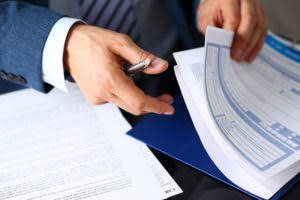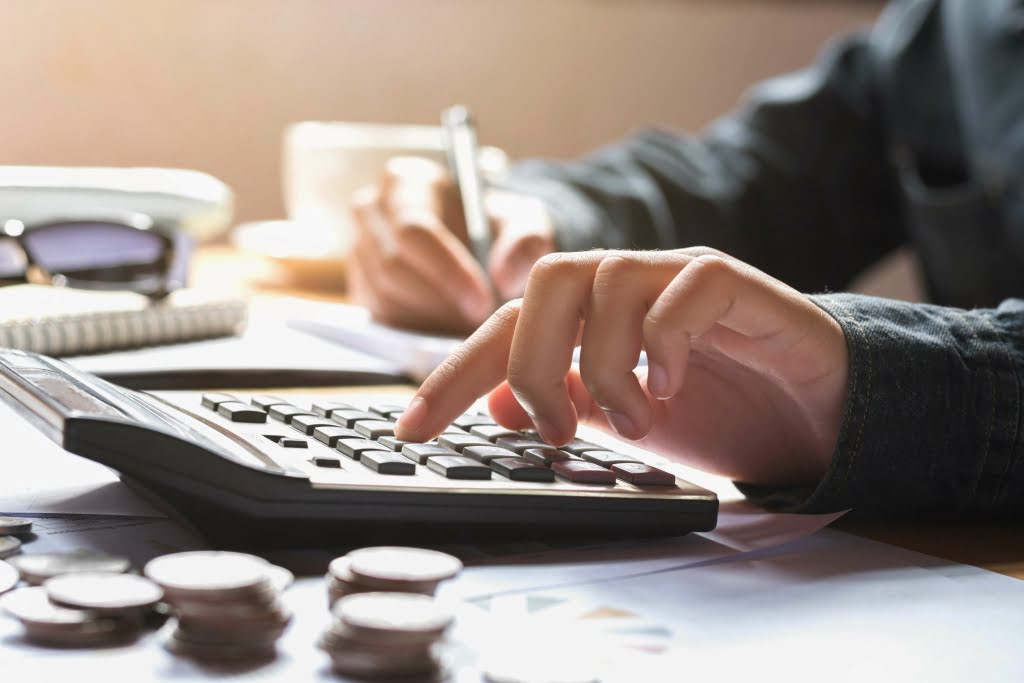
This can result in businesses saving money upfront on asset-related expenses and using those savings to invest in other aspects of their operations. As the asset’s accumulated depreciation increases, its book value decreases. The declining asset’s net book value shows how much of its cost has been expensed through depreciation. The chart also shows which depreciation method was used to calculate the depreciation expense, and the book value of the asset each year. Consider a widget manufacturer that purchases a $200,000 packaging machine with an estimated salvage value of $25,000 and a useful life of five years.

Calculating the Depreciation Formula for DDB
Double declining balance depreciation is a method of depreciating large business assets quickly. In some cases, revaluation adjustments may be necessary for appreciating assets like real estate. IFRS allows companies income statement to adjust these assets to fair value, with any increase recorded in other comprehensive income. By discounting the anticipated future cash flows, the discounted cash flow (DCF) analysis approach is being used to value investments. In the investing sector as well as corporate financial management, DCF analysis is frequently employed since it may be used to evaluate a stock, company, or project, among many other assets or activities.
Depreciation Methods
In this way, an organization can allocate reduced depreciation in later years. The double declining balance strategizes depreciation costs in a declining format in Bakery Accounting later years. Doing so helps to counterbalance the expanded maintenance costs with fewer depreciation costs.
Annual Depreciation Computation
Explore the nuances of double declining balance depreciation, its calculation, and how it compares to other methods. Download the double declining balance method free Excel double declining balance template to play with the numbers and calculate double declining balance depreciation expense on your own! The best way to understand how it works is to use your own numbers and try building the schedule yourself. Where you subtract the salvage value of an asset from its original cost and divide the resulting number– the asset’s depreciable base– by the number of years in its useful life. Straight line is the most common method of depreciation, due mainly to its simplicity.
- Our mission is to equip business owners with the knowledge and confidence to make informed decisions.
- This process continues annually, with depreciation decreasing as the book value declines.
- The key to calculating the double declining balance method is to start with the beginning book value– rather than the depreciable base like straight-line depreciation.
- Consider a widget manufacturer that purchases a $200,000 packaging machine with an estimated salvage value of $25,000 and a useful life of five years.
- This not only provides a better match of expense to the car’s usage but also offers potential tax benefits by reducing taxable income more significantly in those initial years.
How To Calculate Double Declining Balance Depreciation
- Yes, businesses can switch methods if they find another one suits their needs better.
- This is done by subtracting the salvage value from the purchase cost of the asset, then dividing it by the useful life of the asset.
- Under straight line depreciation, XYZ Company would recognize $3,000 in depreciation expense each year.
- It is presented as a negative number on the balance sheet in the asset section.
- It’s commonly employed for assets that experience rapid value degradation early on.
- The goal of the annuity method of depreciation is to achieve a steady rate of return on a property.
Companies will typically keep two sets of books (two sets of financial statements) – one for tax filings, and one for investors. Companies can (and do) use different depreciation methods for each set of books. DDB is best used for assets that lose value quickly and generate more revenue in their early years, such as vehicles, computers, and technology equipment. This method aligns depreciation expense with the asset’s higher productivity and faster obsolescence in the initial period. To illustrate the double declining balance method in action, let’s use the example of a car leased by a company for its sales team. This will help demonstrate how this method works with a tangible asset that rapidly depreciates.

Get $30 off a tax consultation with a licensed CPA or EA, and we’ll be sure to provide you with a robust, bespoke answer to whatever tax problems you may have. You can connect with a licensed CPA or EA who can file your business tax returns. Set your business up for success with our free small business tax calculator. Calculate the depreciation of the asset mentioned in the above examples for the 3rd year. A common mistake is forgetting to adjust the final year’s depreciation to not drop below the salvage value. For the past 52 years, Harold Averkamp (CPA, MBA) hasworked as an accounting supervisor, manager, consultant, university instructor, and innovator in teaching accounting online.

You should consult your own legal, tax or accounting advisors before engaging in any transaction. The content on this website is provided “as is;” no representations are made that the content is error-free. At Taxfyle, we connect individuals and small businesses with licensed, experienced CPAs or EAs in the US. We handle the hard part of finding the right tax professional by matching you with a Pro who has the right experience to meet your unique needs and will handle filing taxes for you. Depreciation is charged according to the above method if book value is less than the salvage value of the asset.
